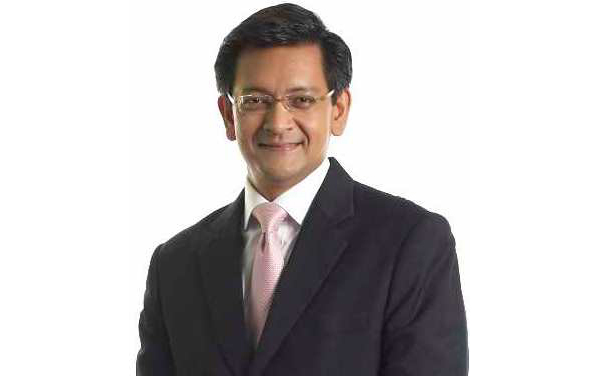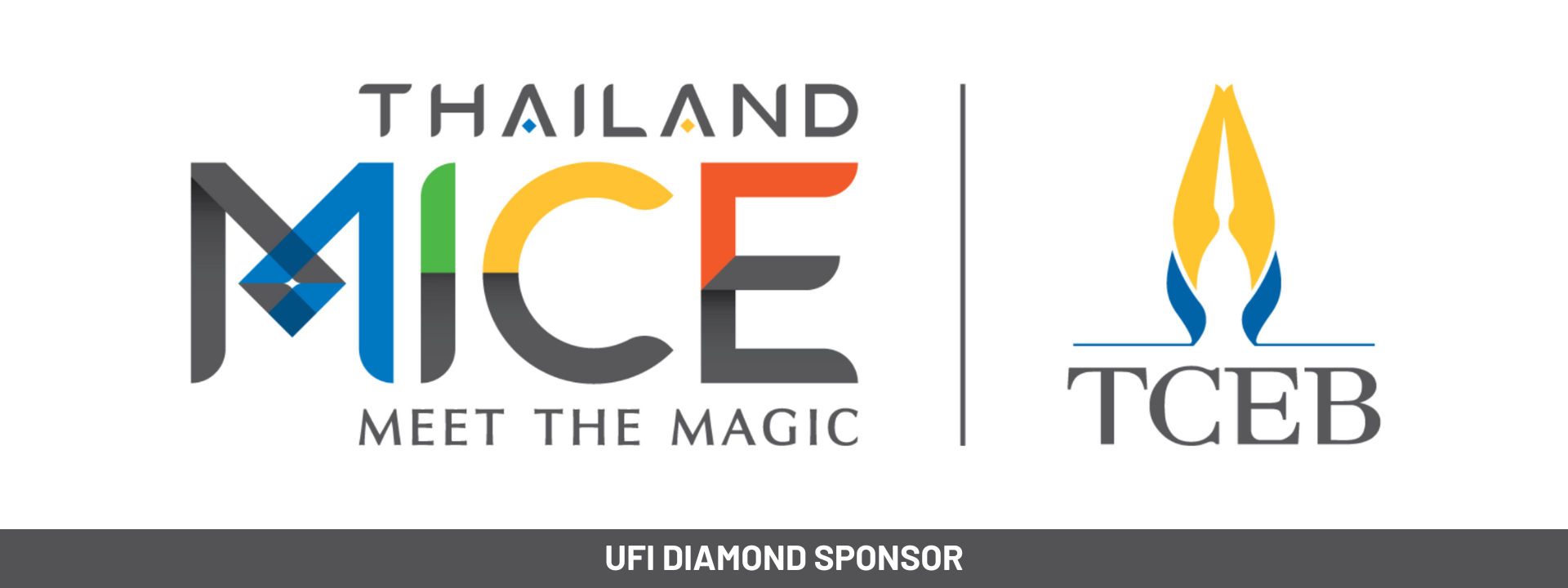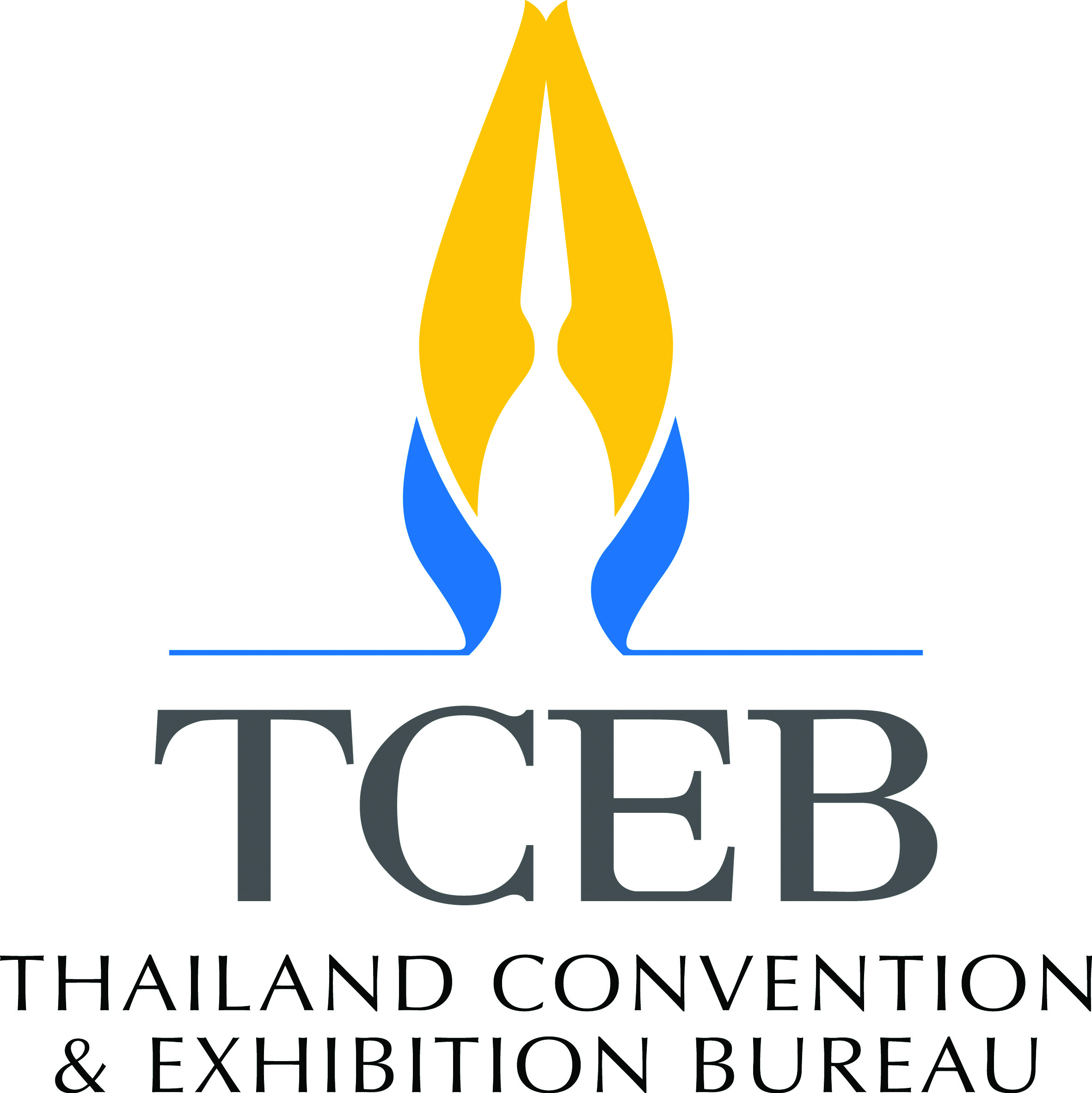
Antony Reeve-Crook, Director, ArciMedia Ltd.
When AIPC, ICCA and UFI sought to unite and identify areas of common interest for education and research, what they in effect set out to do is give us all a little of our time and energy back.
Many of you will be members of several international associations, as your air miles and familiarity with Outlook’s Out of Office tool will attest. So with a chance to speak to International Association of Convention Centres (AIPC) President Aloysius Arlando, who also serves on the board of UFI, I wanted to delve a little deeper into how such an alliance will give event attendees greater bang for their buck.
Members are facing organisational burn-out
“At its simplest level, many of our members are facing organisational burn-out, where they can’t possibly belong to and participate in the number of associations and events they feel a need for in order to keep up with the full range of industry information and activities,” he explained to me at the end of July.
“Through collaboration, we can make a wider range of content and relationships available to these people without them feeling they actually need to join all these – and that gives them a better return on the time they are able to realistically invest.
“Having said that, creating more broadly accepted and recognised standards also offers a greater sense of comfort and security for those trying to choose amongst alternative practices and credentials that may in fact not really be all that different.”
It’s a fair concession. Anyone who has played a role on an association committee knows how thankless a task it can be to produce research or insight only to be beaten to the line by a similar committee at a similar association. Conference attendees also face diminishing returns by having to sit through the same presentation. On the editorial side, I’ve had to politely decline plenty of stories based on reports that had essentially been released by a counterpart elsewhere in the world.
Sending the right message
“From our perspective, the risks come in several forms,” says Arlando. “First there is the inevitable duplication of effort and expense that comes from multiple organisations doing variations of the same thing in order to compete, and that is not perceived as a good use of resources by our members, particularly when they belong to multiple organisations and see it first-hand.
“However, there is also a risk of demonstrating we are more concerned with our individual success as associations and less so on the overall advancement of the industry, which is a poor message to be sending to the outside world. It risks inconsistency in core areas, and that isn’t healthy for anyone.”
Strength in unity through newly pooled resources
How about strength in unity; in what way will the newly pooled resource mean these associations have more influence in getting ministries of trade and investment interested in supporting international business events?
“For some very practical reasons,” explains Arlando. “No government is interested in polling 20 different organisations to get a sense of what consensus is on any particular issues and simply the fact that a group like the G3 represents a wider range of industry interests makes it more credible.
“It also allows us to better align our messaging and create more consistent measures to back up what we’re saying – and that helps us in making assertions about things like strategic values that will resonate with governments that are trying to justify industry investment.”
As an example, Arlando says it has been tough to sell the economic development values associated with meetings and conventions in the face of strong hospitality lobbying. “However, add exhibitions into the equation the direct economic connection becomes more obvious,” he says.
We in the tradeshow industry have always known our value, and now we have a commitment to share it with our friends in the plenary halls.
Read Part I of this blog: Guild-y by association







Leave A Comment